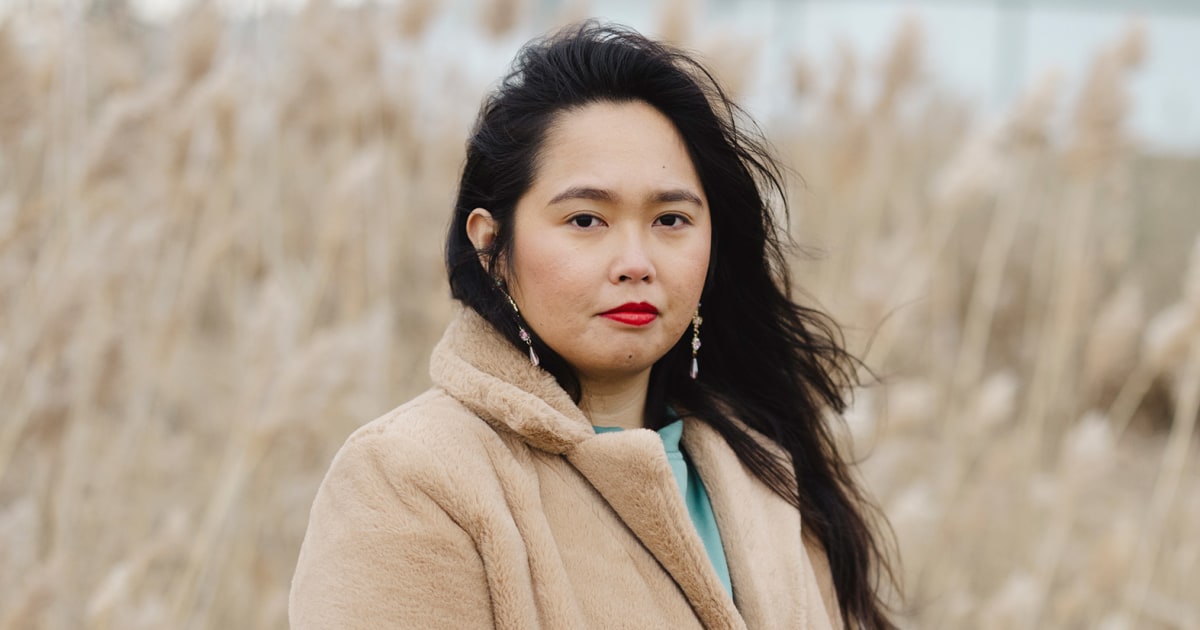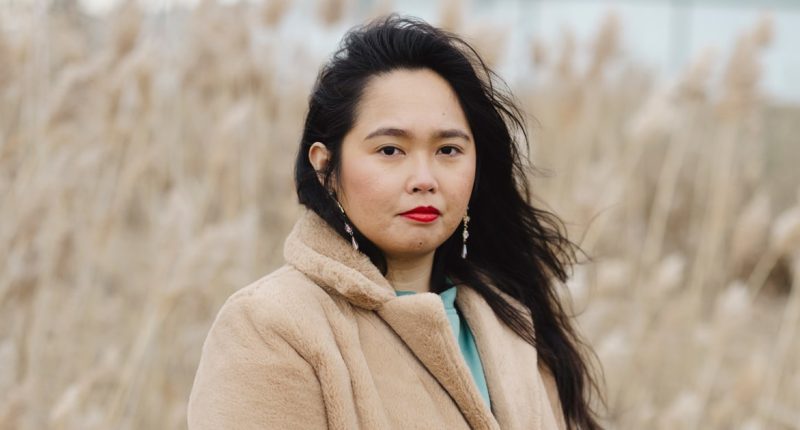
It was fall 2021, and Aurora Lucas had a stubborn cough and chest pain. However, her doctors dismissed the symptoms, telling her to drink hot water and honey.
After three months of hospital visits, Lucas was diagnosed with stage 3 lung cancer at 28 years old, despite never having smoked. Lucas, who is Filipina American, represents a concerning trend for researchers.
According to a California study, lung cancer rates are dropping for every group except nonsmoking Asian American women — for whom they’re actually increasing by 2% per year.
While lung cancer is traditionally associated with cigarettes, as many as 20% of U.S. cases happen in never-smokers every year. Among Asian American women who have lung cancer, more than 50% have never smoked. And for Chinese and Indian American women who have lung cancer, the nonsmoking percentage rises to 80% to 90%.
Scientists are baffled by this pattern, and it has led to a recent surge of research. In two ongoing blockbuster studies at the University of California, San Francisco, and New York University, they’ve been searching for reasons why Asian American women are at especially high risk and for ways to catch their tumors earlier.
“It’s such a high rate; there has to be an explanation there,” Lucas said.
In May, the NYU researchers shared preliminary data at the American Society of Clinical Oncology conference showing that lung cancer screening in nonsmoking Asian American women works as well, if not better, than screening elderly, mostly white smokers.
Now, doctors are raising the alarm about increasing numbers of lung cancer cases in this community and working to reform the screening guidelines to better include Asian American women.
“As an Asian woman, I was taught to be quiet,” Lucas said. “I had a high respect for doctors and medical staff, so I would never really question what they were telling me,” even when they didn’t understand what was wrong.
Understanding the risk factors
UCSF epidemiologist Scarlett Gomez was born in Taiwan before she immigrated to the U.S. at 7 years old, her parents working in Chinese restaurants in Washington state. But that also meant they were continuously, unknowingly exposed to toxic cooking oil fumes.
“Like many immigrant families, my parents were working in industries that were beneath their training,” Gomez said. “That was the job that they had to do to make it here.”
To date, studies of female nonsmokers in Asia have identified risk factors such as cooking oil fumes, secondhand smoke, air pollution and indoor heating with coal, but no research has focused on Asian American women, Gomez said.
Nevertheless, there’s probably some overlap. For example, a 2019 study found that Asian Americans breathe in 73% more tiny pollution particles than white Americans, most likely because of greater exposure to construction, industry and vehicle emissions where they live.
Air pollution may also lead to genetic changes such that Asian patients have some of the highest rates of the cancer-causing epidermal growth factor receptor mutation, which leads healthy cells to divide uncontrollably and grow into tumors.
“I hope we’ll see more studies to address these unusual, emerging disparities among Asian Americans that we previously haven’t paid attention to,” Gomez said.
Given the lack of clarity, Gomez and Iona Cheng, a fellow epidemiologist at UCSF, launched the Female Asian Never Smokers, or FANS, study in 2021. It’s a case-control study, in which the team is studying nonsmoking Asian American women who were either recently diagnosed with lung cancer (the cases) or who never had lung cancer (the controls).
Although the two groups are matched in terms of ethnicity and age, the researchers hope to find some differences in genetics, as assessed by saliva samples, and environmental exposure, determined through surveys asking about people’s pasts. “The whole goal of this study is to identify risk factors,” Gomez said.
However, FANS can’t show cause-and-effect relationships, said Dr. Latha Palaniappan, a physician at Stanford University, who isn’t involved with the study.
For one, women with lung cancer may be more likely to remember their exposure to chemicals and toxins than women without lung cancer because they’ve been thinking harder about their risk factors — something known as “recall bias.”
Still, Palaniappan emphasized FANS’ groundbreaking nature, because “we can definitely understand associations, and the study can give us an idea for more rigorous analyses going forward.”
Making lung cancer screening more equitable
At NYU, Dr. Elaine Shum, an oncologist, has seen dozens of nonsmoking Asian American women with lung cancer, many with stage 4 disease. And it’s always frustrating: Lung cancer screening, via the low-dose CT scan, could have helped those women find their tumors earlier, at more treatable stages.
But insurance plans typically cover screening only for people ages 50 to 80 with heavy smoking histories — all but excluding Asian American women. And the recommendations were based on the National Lung Screening Trial, a clinical trial of 53,000 elderly smokers, over 90% of whom were white.
So Shum started her own clinical trial in 2021, giving lung cancer screening to 1,000 never-smoking Asian American women. Her initial results, which she presented at a major cancer conference, showed that Asian women had a higher lung cancer detection rate than the original national trial — 1.5% versus 1%. “Based on this preliminary data and other ongoing efforts, Asian women do represent another high-risk population that warrants screening,” Shum said.
Palaniappan, who is also not affiliated with Shum’s trial, tends to agree: “It’s extraordinary that screening in this population yielded a similar incidence of lung cancer” to the original trial. But Palaniappan also cautioned that better inclusion of Asian American women in the screening guidelines is still a long way off, with many more studies needed to confirm and build on Shum’s findings. “We’re just at the beginning,” she said.
Source: | This article originally belongs to Nbcnews.com










